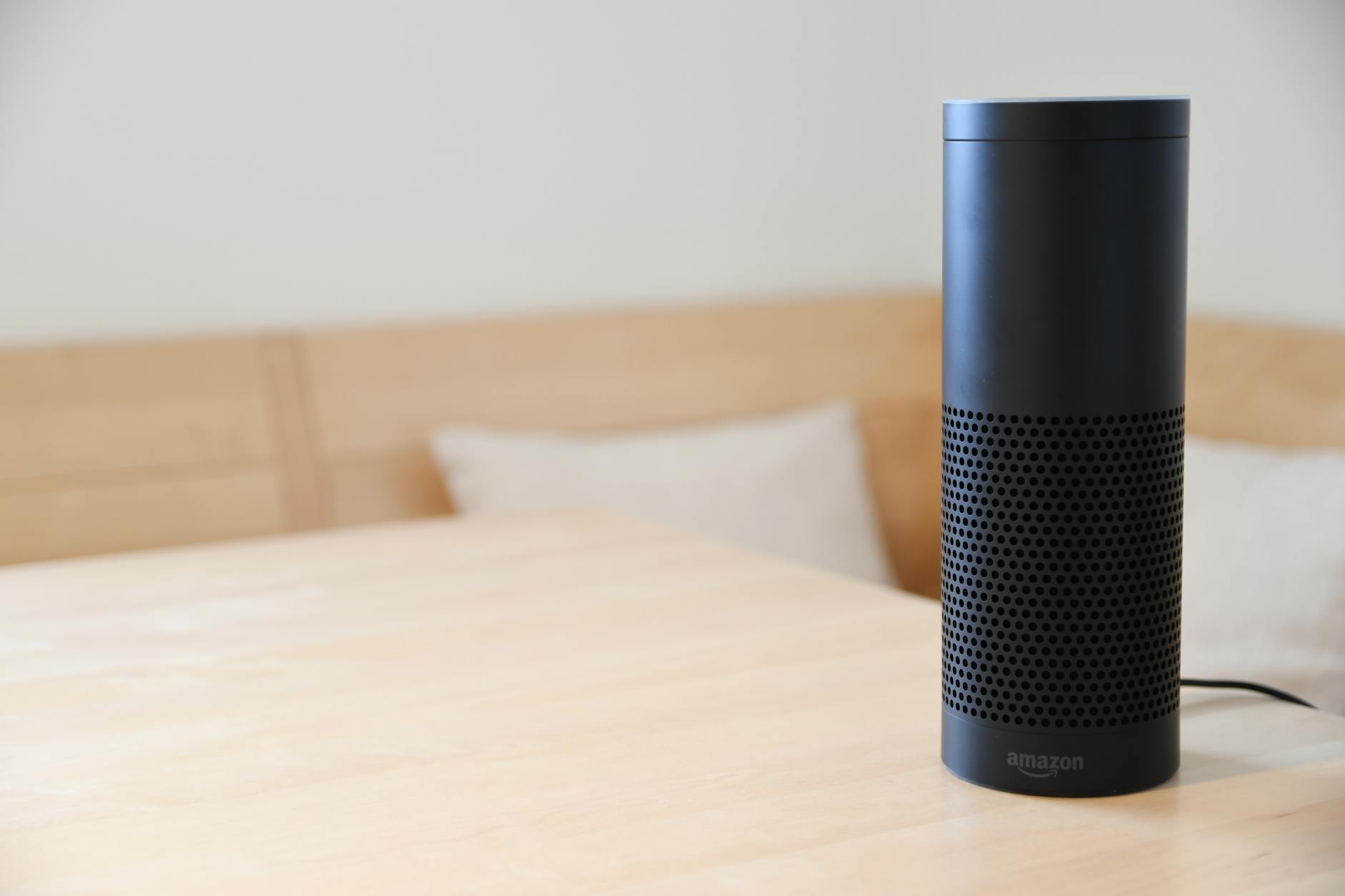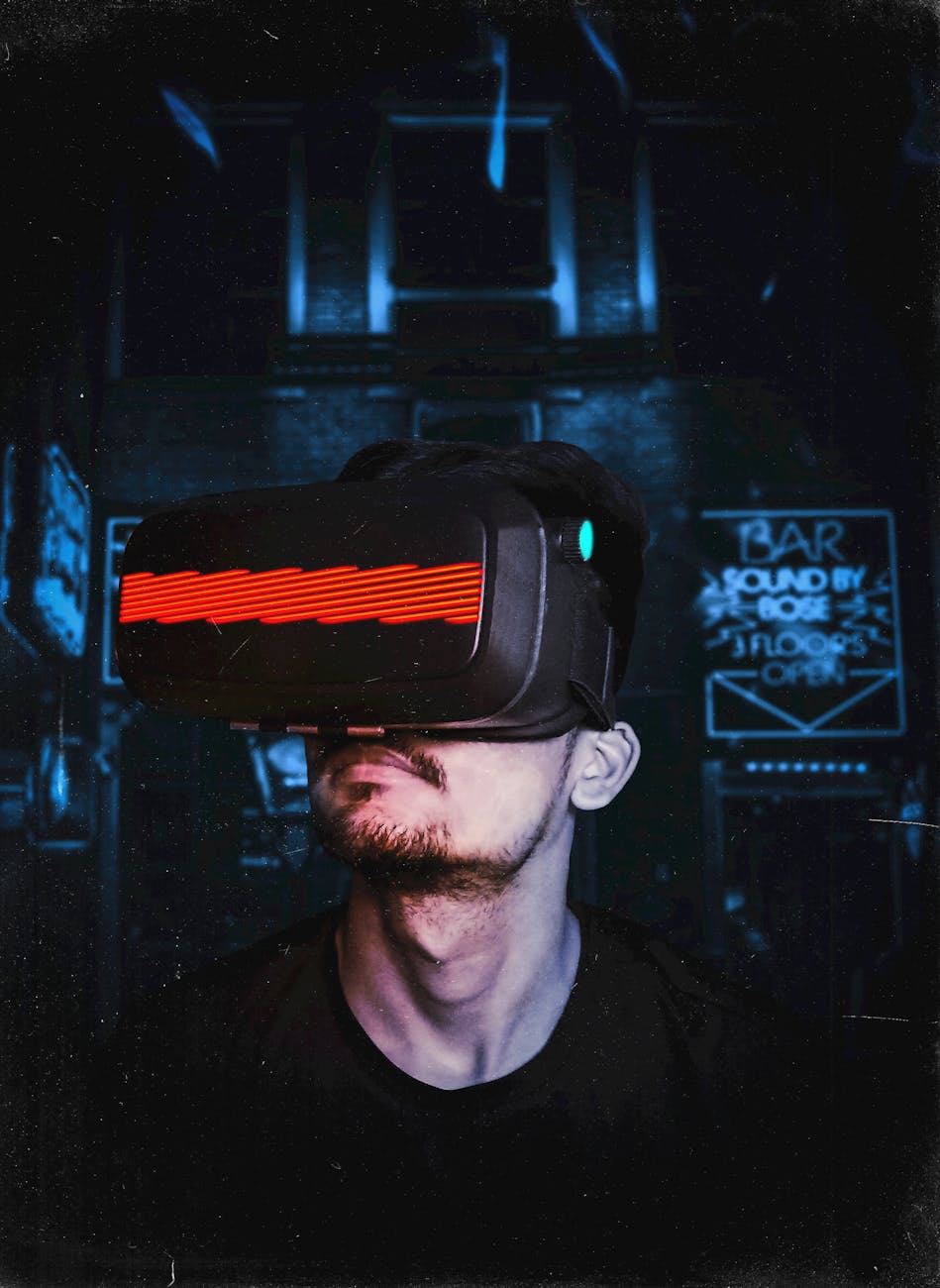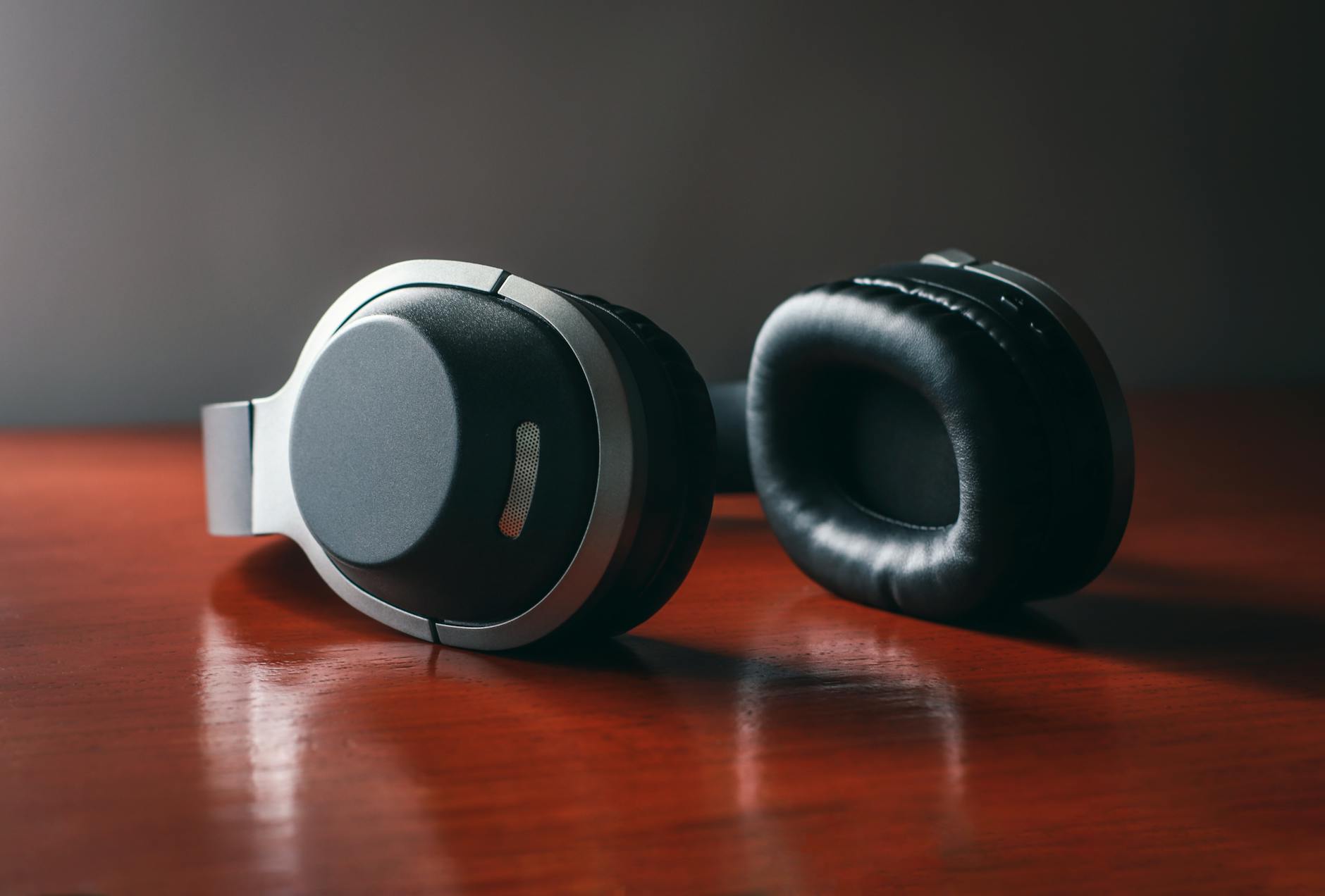The landscape of home audio is constantly evolving, and 2025 promises to be a pivotal year for smart speakers. No longer content with merely playing music or executing basic voice commands, the next generation of devices will seamlessly fuse breathtaking sound fidelity with genuinely intelligent AI. This article will delve into how manufacturers are pushing the boundaries, transforming our living spaces into immersive soundscapes driven by intuitive, responsive artificial intelligence. We will explore the technological leaps in audio engineering, the advanced capabilities of emerging AI assistants, and what makes these combined powerhouses the must-have gadgets for the discerning listener and smart home enthusiast alike. Prepare to discover how sound and smarts are not just coexisting but are synergizing to redefine the auditory experience.
The synergy of sound and artificial intelligence in 2025
The smart speaker market in 2025 is less about incremental upgrades and more about a fundamental redefinition of the user experience. The era where you had to choose between a high-fidelity speaker and a voice-controlled assistant is long gone. Today, and even more so by 2025, the best smart speakers are those that expertly weave together acoustic excellence with cutting-edge artificial intelligence. This synergy means your speaker isn’t just a conduit for sound; it’s an intelligent companion that understands context, anticipates needs, and delivers an audio experience tailored precisely to your environment and preferences.
Expect to see AI moving beyond simple command execution to more proactive and personalized interactions. Imagine a speaker that adjusts its EQ dynamically based on the genre of music playing, the ambient noise in the room, or even your historical listening habits at a particular time of day. This level of intelligence, deeply integrated with advanced audio processing, ensures that every note, every word, and every sound effect is rendered with optimal clarity and impact. The goal is an effortless, intuitive interaction where the technology fades into the background, leaving you with an unparalleled audio and assistance experience.
Pioneering audio technologies: beyond just loudness
In 2025, sound quality in smart speakers goes far beyond mere volume or basic stereo separation. The focus has shifted to delivering an immersive, detailed, and adaptive listening experience. Key innovations include:
- Spatial audio advancements: Technologies like Dolby Atmos and 360 Reality Audio will be standard, creating a three-dimensional soundstage that makes music feel like it’s coming from all around you, not just a single point. This is achieved through sophisticated algorithms and precisely angled drivers, simulating height and depth even from a compact form factor.
- Adaptive acoustics and room tuning: Smart speakers will employ more sophisticated microphones and processing power to analyze the unique acoustics of any room. They will then automatically calibrate their output to compensate for reflections, absorption, and standing waves, ensuring optimal sound delivery regardless of furniture, wall materials, or speaker placement. This “acoustic fingerprinting” happens in real-time, providing a consistently excellent experience.
- High-resolution audio streaming: As internet speeds increase and audio codecs improve, support for lossless and high-resolution audio formats will become a baseline expectation. This means listeners can enjoy music as the artist intended, with every subtle detail preserved, provided they have access to compatible streaming services and bandwidth.
- Multi-room audio evolution: Seamless, low-latency multi-room audio will be perfected, allowing users to effortlessly synchronize high-fidelity sound across multiple devices throughout their home without any dropouts or delays. Protocols like Wi-Fi 7 and improved mesh networking capabilities will make this a robust and truly lag-free experience.
These advancements collectively ensure that smart speakers aren’t just loud, but truly intelligent audio instruments capable of delivering a nuanced and captivating sound experience.
Advanced ai assistants: more than just voice commands
The intelligence embedded within smart speakers by 2025 will be remarkably more sophisticated than current iterations. Voice assistants will evolve beyond reactive command interpreters to proactive, context-aware digital companions. Here are some expected capabilities:
- Contextual understanding and personalization: AI will better understand nuanced requests, differentiate between users’ voices, and remember past interactions to offer highly personalized recommendations for music, news, or smart home routines. They will be able to infer intent even when commands are incomplete or ambiguous.
- Emotional intelligence and tone detection: Future AI might detect the emotional tone of a user’s voice, allowing for more empathetic responses or suggesting calming music if it senses stress. This moves the interaction closer to human-like communication.
- Proactive assistance: Instead of waiting for a command, the AI could proactively suggest actions based on learned patterns—e.g., “It’s 7 PM, would you like me to start your evening playlist?” or “Traffic is heavy on your usual route, should I suggest an alternative?”
- Enhanced privacy and on-device processing: Concerns about data privacy will drive more on-device AI processing for sensitive requests. This means certain voice commands and personal data can be handled locally without sending everything to the cloud, offering greater security and faster response times.
- Seamless smart home orchestration: With the widespread adoption of universal standards like Matter, smart speaker AI will become the central brain for an entire smart home. They’ll manage complex routines involving lighting, climate, security, and appliances with unprecedented ease and reliability, often without direct voice commands once routines are established.
This evolution transforms the smart speaker from a simple gadget into an indispensable, intelligent assistant for daily life.
What to expect from the leading smart speaker brands
By 2025, the competitive landscape will see brands differentiating themselves not just on features, but on the seamless integration of their ecosystems and their particular strengths in either audio or AI, or ideally, both. We’ll see a consolidation of design philosophies that prioritize both aesthetics and acoustic performance, often utilizing sustainable materials.

Brands traditionally strong in audio will leverage their heritage with advanced computational audio and spatial processing, while tech giants will push the envelope in AI’s predictive and contextual capabilities, often intertwining with their broader service offerings. Niche players might focus on specific user segments, such as audiophiles demanding uncompromised sound or privacy-conscious users valuing local processing.
| Smart speaker type | Audio innovation highlight | AI intelligence highlight | Connectivity & integration | Ideal user |
|---|---|---|---|---|
| Audiophile-grade premium | Multi-driver arrays, spatial audio (Dolby Atmos/DTS:X), adaptive room tuning | Proactive recommendations, multi-user profiles, on-device learning | Wi-Fi 7, Matter, high-res audio streaming, seamless multi-room | Music enthusiasts, home cinema buffs, high-end smart home users |
| Integrated smart home hub | Clear vocal reproduction, dynamic bass, 360-degree sound dispersion | Deep smart home control, predictive automation, multi-modal interface (screen options) | Matter, Thread, Zigbee, broad device compatibility, edge computing | Smart home enthusiasts, families, users valuing comprehensive control |
| Lifestyle & portable | Balanced sound profile, robust outdoor performance, long battery life | Personalized suggestions, quick access to information, discreet privacy modes | Bluetooth 6.0, Wi-Fi (for home use), seamless handoff between devices | Travelers, active users, flexible living arrangements |
Each category aims to perfect its core offering, recognizing that while the blending of sound and smarts is universal, the emphasis can shift based on user needs. Expect robust build quality, refined aesthetics, and a focus on long-term software support as standard expectations for these next-gen devices.
Conclusion
The year 2025 marks a significant leap in the evolution of smart speakers, moving beyond simple voice commands and basic audio playback. As we’ve explored, the convergence of groundbreaking audio engineering with sophisticated artificial intelligence is creating devices that are not just intelligent, but truly intuitive and immersive. From the intricacies of spatial audio and adaptive room tuning to the proactive, context-aware capabilities of next-generation AI assistants, smart speakers are poised to become indispensable hubs in our daily lives, orchestrating our smart homes and enriching our auditory experiences with unprecedented fidelity and intelligence.


Choosing the best smart speaker in 2025 will hinge on a harmonious balance between a speaker’s acoustic prowess and the depth of its integrated AI. Whether you prioritize an audiophile-grade sound experience, seamless smart home control, or a versatile lifestyle companion, the market will offer compelling options that marry sound and smarts like never before. The future of smart speakers is bright, promising a richer, more responsive, and utterly captivating interaction with our technology and our music.











Leave a Reply